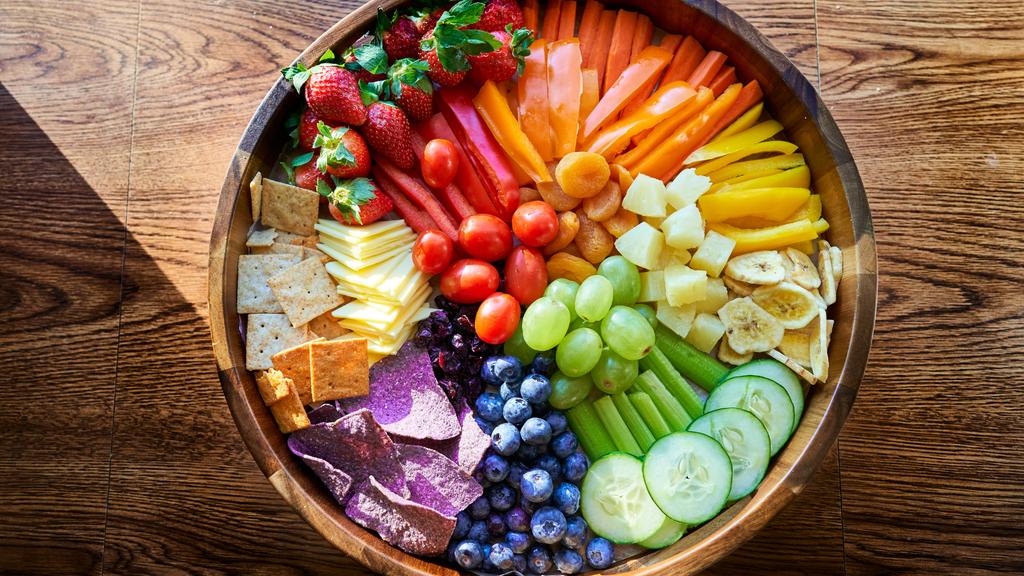Vegan and vegetarian diets have gained more support and followers due to their numerous health benefits. However, these diets have two main barriers to entry – flavor, and nutrition, especially in the case of vegans. For strict vegans, it’s difficult to get all the necessary micronutrients to sustain the diet for long periods without consuming animal ingredients. That’s exactly why they must keep an eye on their nutrition. If you have a vegan restaurant, it’s a given you must help your customers continue with their vegan practices, but also to keep them well-fed and enjoying nutritious foods. In this article, we’ll talk about how you can maximize the flavors of your vegan dishes. Also, we’ll go over how to improve their nutritional value to help your customers achieve their goals. Let’s begin!
Flavor and Nutrition in Vegan Cooking
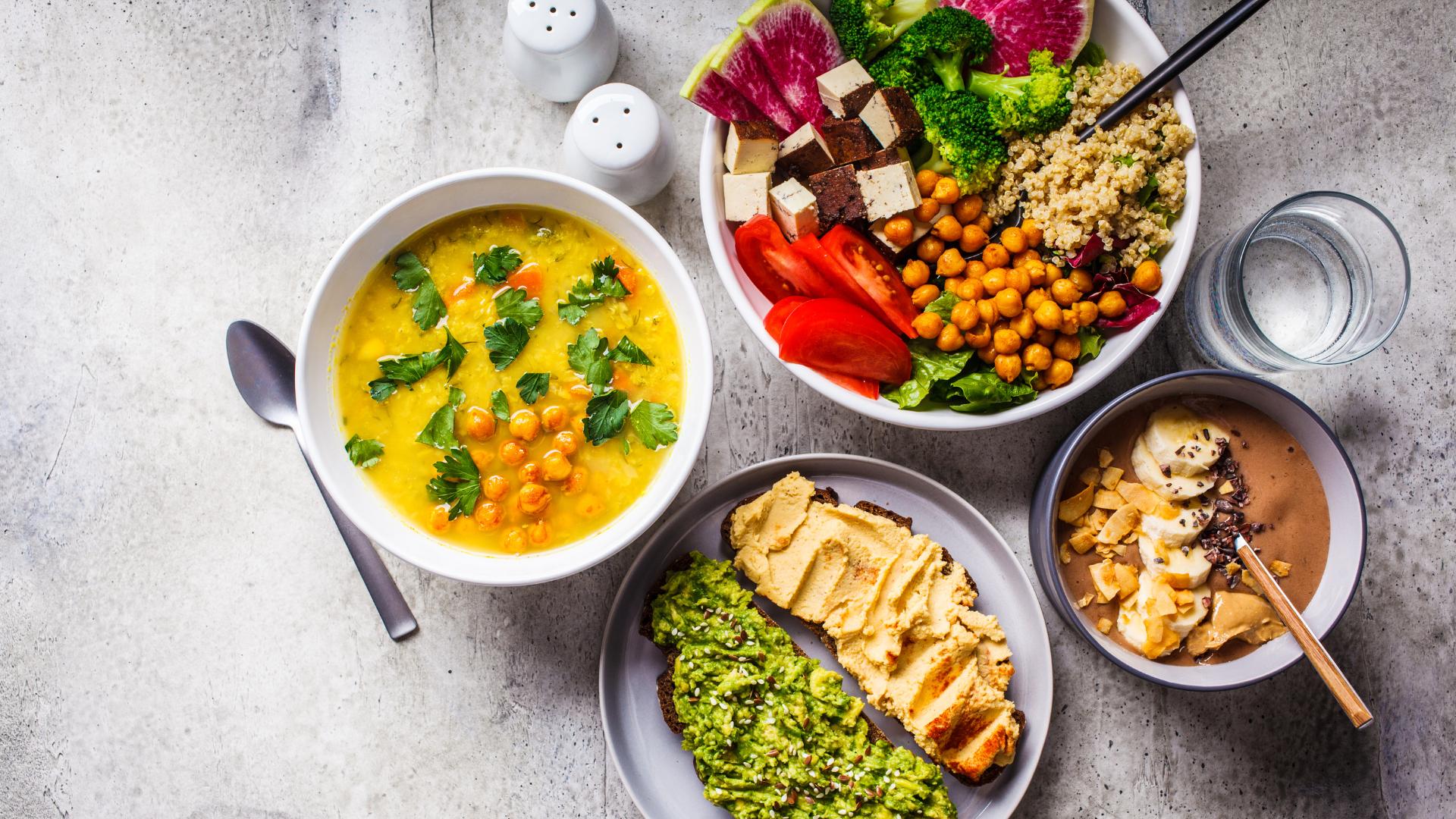
First, let’s talk about why nutrition and flavor are impacted in vegan cooking when compared to omnivorous diets. To put it simply, it’s easier to have a balanced diet if you eat a little bit of everything, as the body can gather macro and micronutrients more efficiently – that’s the nutrition side of things. Getting all the necessary proteins and amino acids from animal products is straightforward. However, with vegan cooking, there has to be a lot of preparation and planning. On the other hand, the flavor is not so much impacted, but still a significant percentage of people who are not vegan think so, making this a huge baseless barrier to entry. If anything, the flavor you can get with vegan cooking tends to be more varied when compared to omnivorous diets. This is especially true when paired with the fact that plant-based “meat” is preferred by so many people. To summarize, these are two issues you must address if you want to have a profitable and sustainable vegan restaurant.
Tips for Maximizing Flavor in Vegan Restaurant Recipes
Now let’s go over the tips you can use to maximize the flavor of vegan dishes.
1. Incorporating a Variety of Plant-Based Ingredients
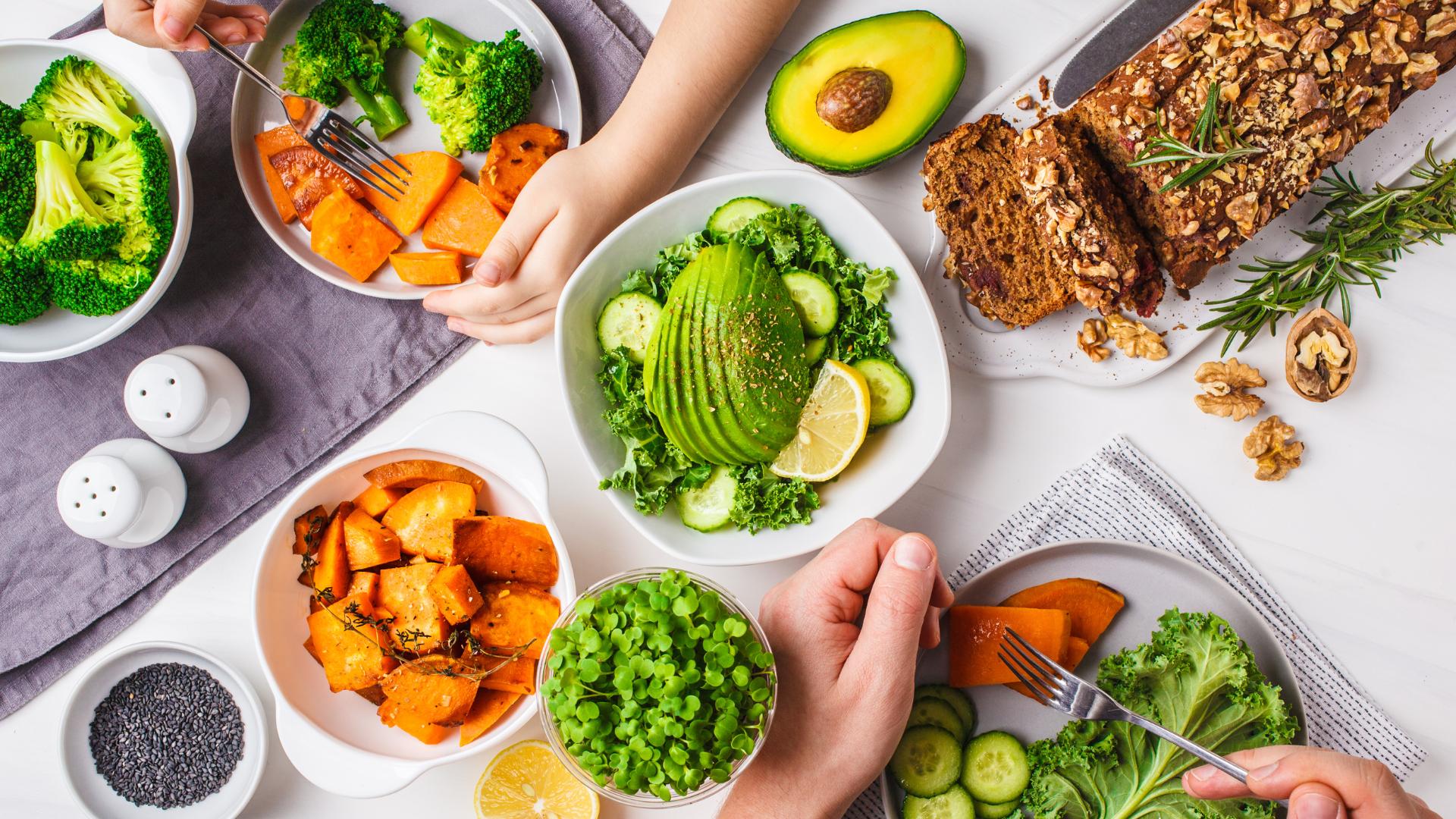
There are numerous variables because the possibilities are endless when you have everything that grows from the earth at your disposal. That’s the best part of vegan diets as it holds the key to both the nutrition and flavor issues. There are numerous vegetables, fruits, mushrooms, legumes, and many other things you can try to improve the taste of your dishes. We highly recommend that you don’t shy away from any ingredient as long as it’s natural and vegan! Of course, there’s also the aspect of skill – to achieve this successfully, you’ll have to be able to prepare all of the things you want to, as well as have the necessary tools. Additionally to ingredients, you can also experiment with different types of cooking techniques and methods – we’ll talk a little more about that below.
2. Choosing Seasonal and Locally Sourced Produce
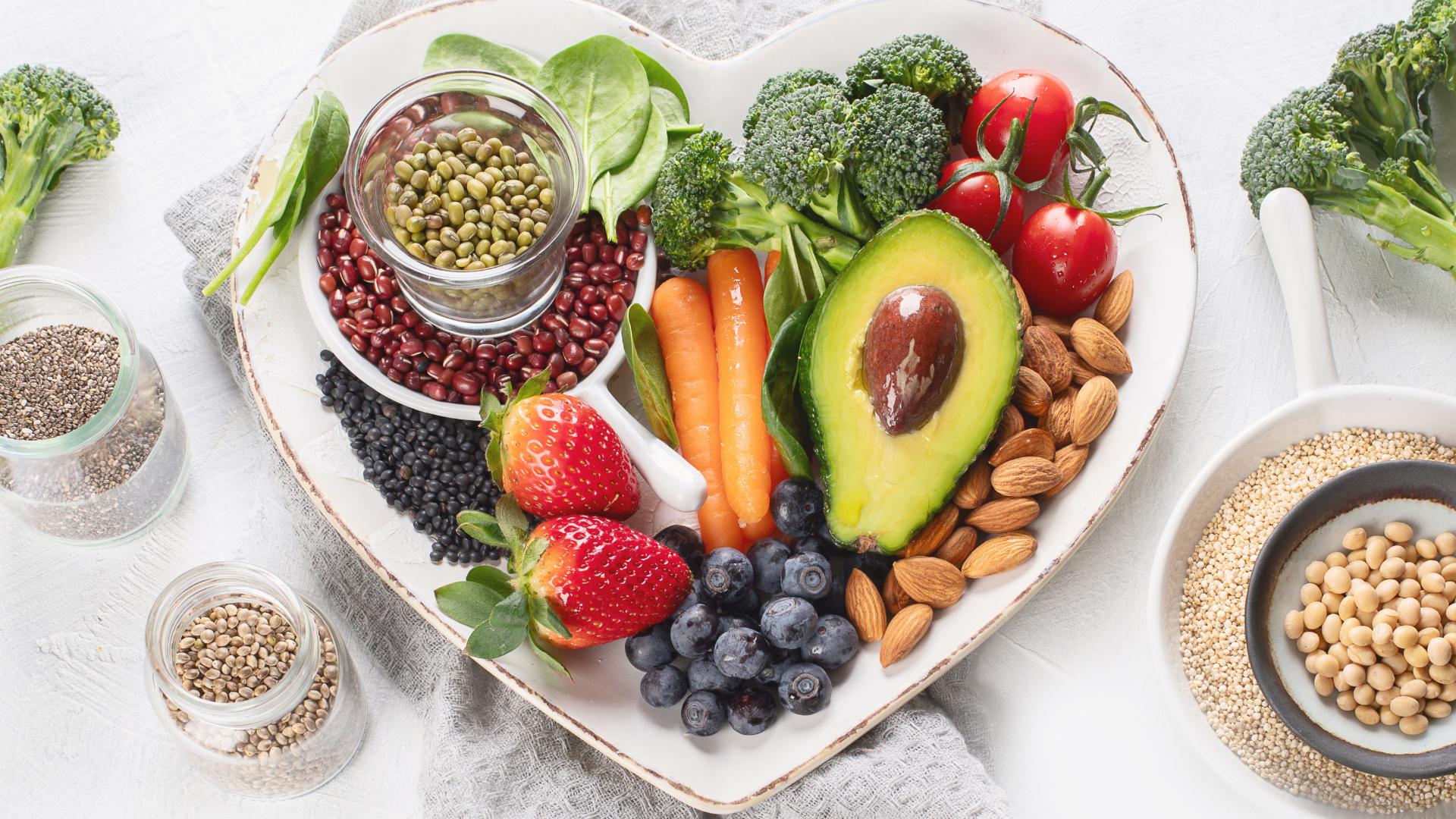
Seasonality is a natural gift of variety and you can take advantage of it with a restaurant, especially if it’s fresh and locally sourced. This solves numerous issues – it allows your business to improve the quality of its ingredients, helps you help other small businesses, and attracts new customers who want both benefits. This cycle is vital for all restaurants because it improves the sustainability of the food business!
3. Using Herbs and Spices to Enhance Flavor
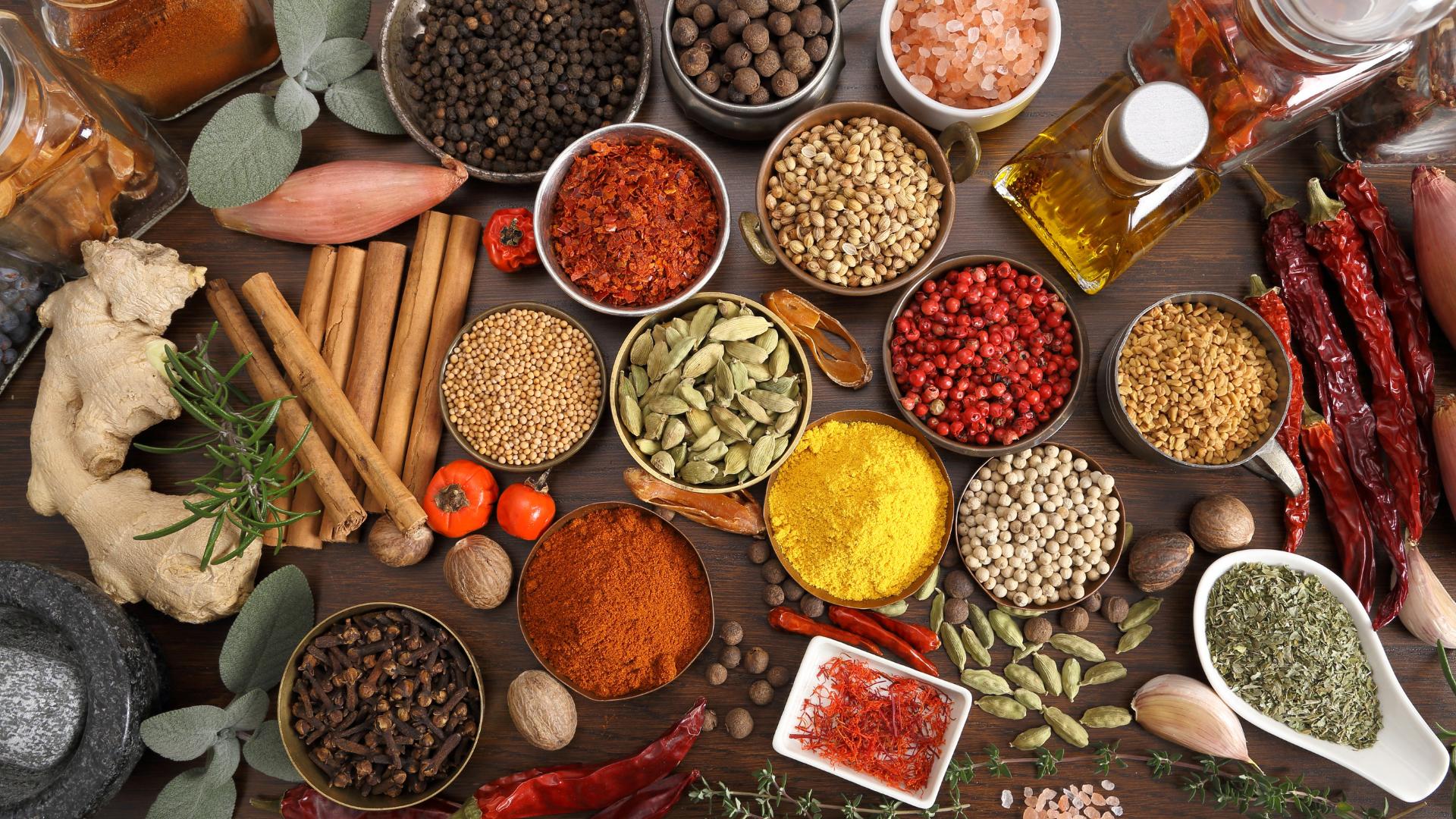
Throughout the years of collective human experience, we’ve discovered numerous herbs and spices that take our foods to the next level. As a business that’s a little limited, you must get and use every tool and ingredient you can to maximize flavor and innovation. That’s why mastering herbs and spices is vital. To do so, you must both experiment and learn from others who have used them before you. But don’t forget that innovating is also part of every cook’s journey toward attracting customers and creating recognition, which is something any restaurant should prioritize. Again, don’t shy away from novelty – learn from different cultures and their utilization of herbs and spices to improve the techniques you apply at your restaurant.
4. Experimenting With Different Cooking Techniques
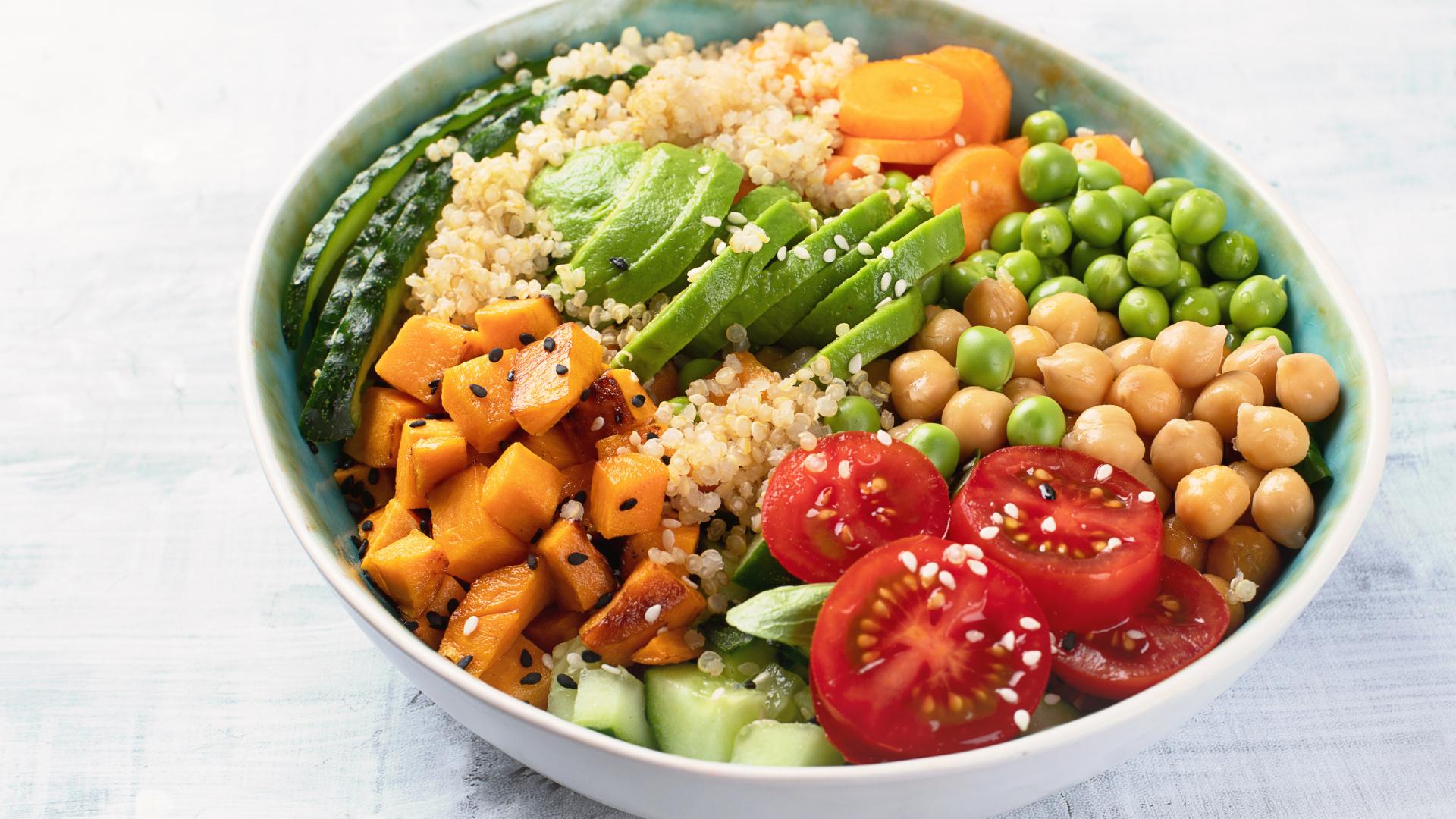
You have spices and everything that grows from the earth – all that’s missing is your input. There are hundreds, if not thousands of cooking techniques that can help you improve the taste of your dishes. It’s hard to apply them all in one restaurant. That’s why you must study the most efficient and applicable techniques to apply in your restaurant. Additionally, you must have a diverse staff with experience in different cuisines because they can bring about new ideas and innovation to your menu.
5. Balancing Macronutrients (Proteins, Carbohydrates, and Fats) In Dishes
Finally, balance your dishes by paying a lot of attention to the minute details of the chemical composition of your ingredients and how you modify them. Why is this important? Well, as a cook, I’ve always thought that cooking is a simpler form of chemistry – you mix ingredients, liquids, solids, different compositions, and, obviously, chemicals, to get a result. When it comes to mastering the craft of cooking, paying attention to macronutrient and micronutrient ratios, cooking time, technique, temperature, and much more, is vital. This is also vital if you intend to create the best possible vegan dishes you can. You don’t have to be an expert in molecular cuisine, you just need to understand the role of fats, proteins, carbohydrates, and micronutrients in the process of preparing food and how they’re affected by your input. This will allow you to improve numerous aspects of your dishes, including flavor, presentation, texture, consistency, and much more. The overall objective? Blasting your customers away with the best vegan dining experience you can offer!
Creating Balanced Vegan Menus to Improve Nutrition

Now let us address the second issue – the nutritional value of vegan diets. There’s a lot to be said about this topic, and as with any other thing with followers, there are detractors, controversies, and issues we can’t ignore. There’s a harsh truth that vegans must accept if they wish to maintain this diet in the long term. It’s a fact that a strict vegan diet is very difficult to keep due to the nutritional imbalances inherent to the diet – there are very few non-animal-based vitamin B12 sources. That makes it necessary to make certain adjustments and adaptations to the diet by using specific ingredients that contain or are fortified with vitamin B12. That, along with keeping a high protein content for every meal is vital. Now let’s talk about how to keep your dishes balanced.
1. The Importance of Offering a Variety of Dishes
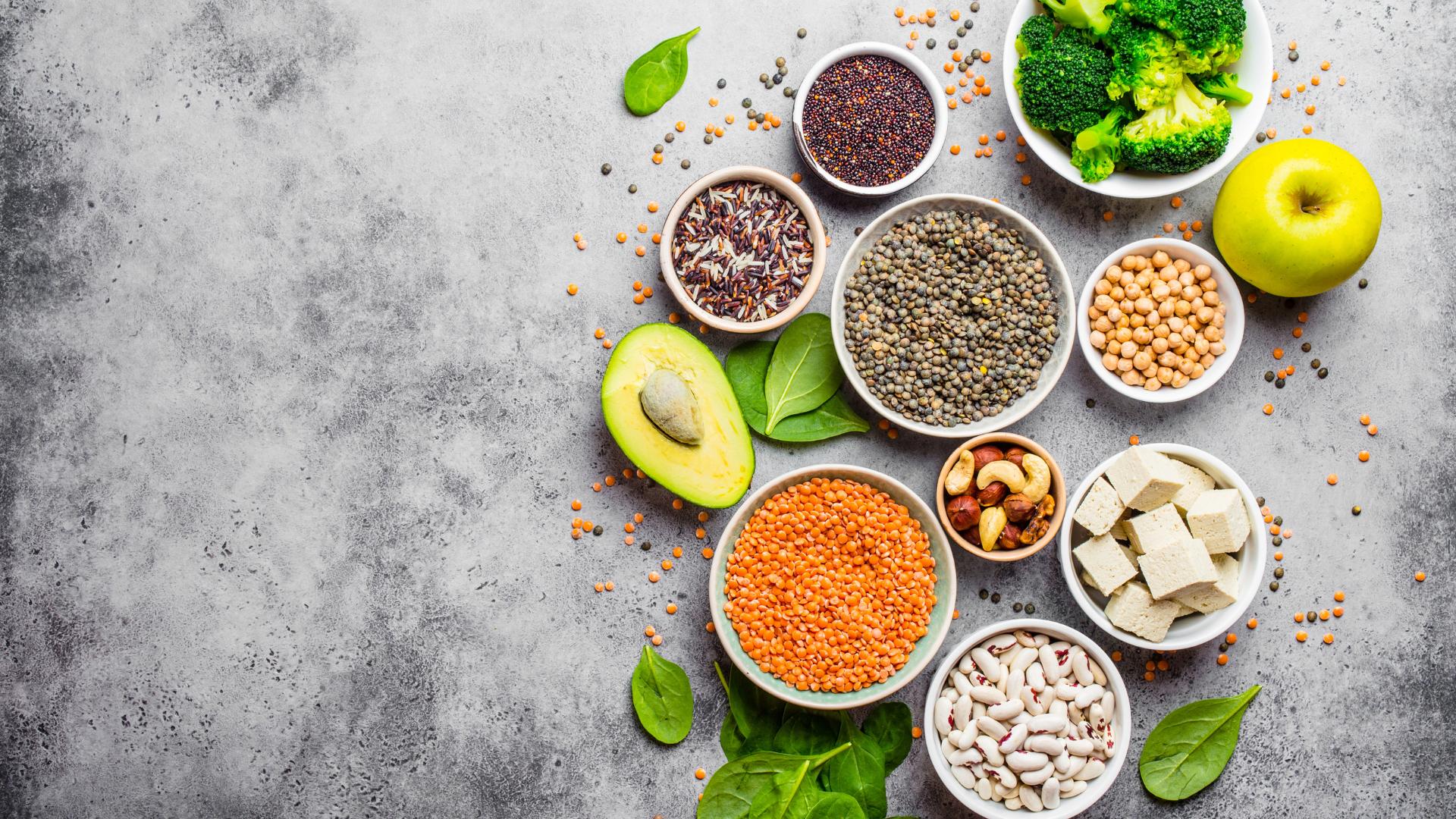
Once again, balance can be achieved by utilizing a wide range of vegan-friendly ingredients, which is not hard to achieve. This is especially important when it comes to protein sources. Beans, some varieties of mushrooms, and some legume byproducts are the top choice for protein. Other great additions include edible algae, a wide variety of nuts and seeds, among other things. Overall, every dish you produce must be balanced – whether it’s balanced on its own or as part of other dishes that complement nutritional values. For example, you can offer meals that complement each other such as fatty desserts, main dishes with low carbs and high proteins, and so on. People can still become unhealthy by overeating vegan dishes, so you must also consider how filling each dish or portion is.
2. Incorporating Different Textures and Flavors in Dishes
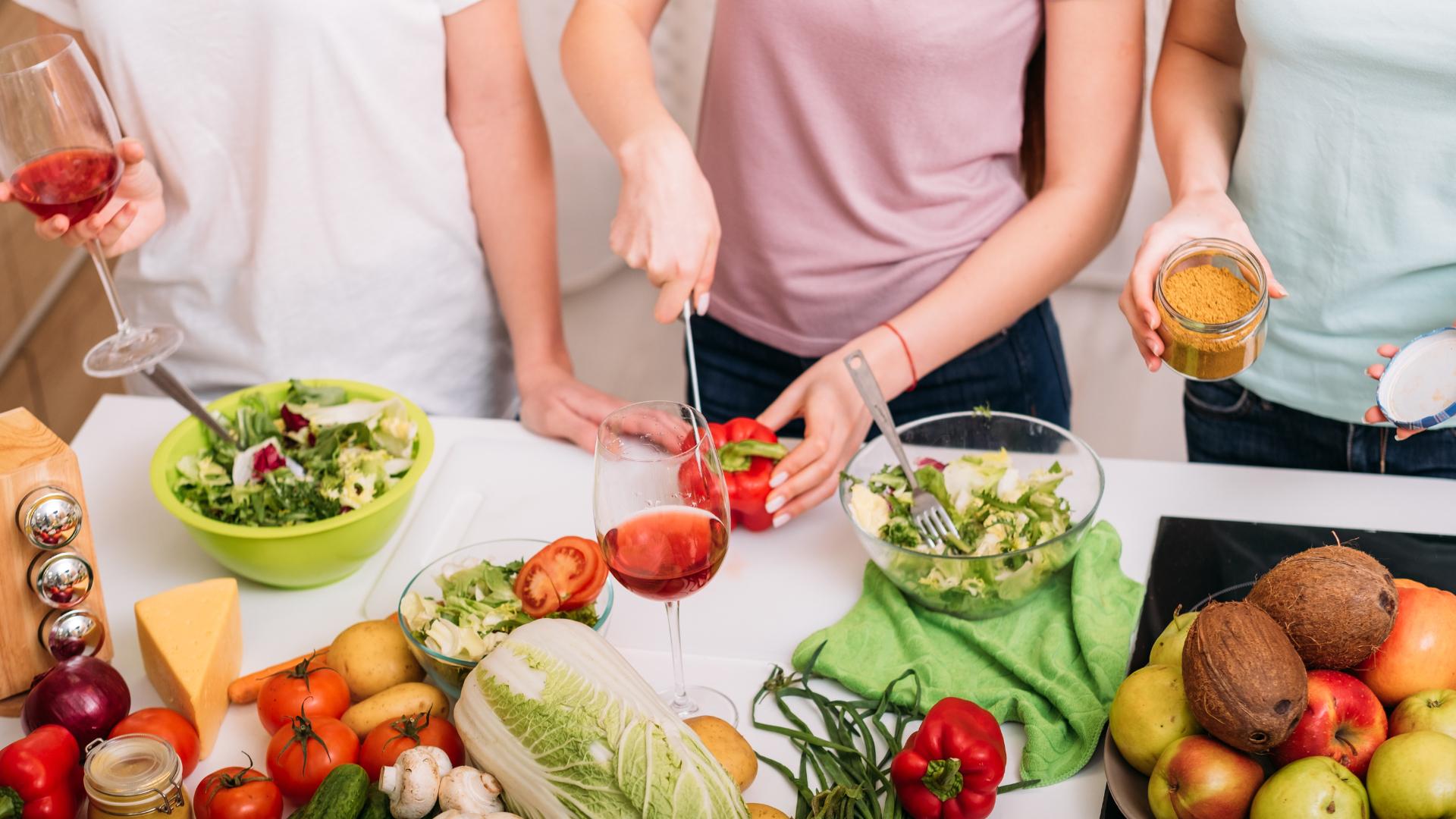
Keep in mind we’re not only talking about nutrition – we’re also talking about gastronomy! Incorporating different textures, flavors, and overall, experiences in all your dishes is vital to keep your customers engaged. That’s why you must take the most nutritious and balanced selection of ingredients and cook them to achieve enjoyable and aesthetically pleasing culinary experiences. Customers also eat with their eyes, so dedicating all of your resources only to nutrition can be detrimental to your business.
3. Creating Balanced Meals That Provide All Necessary Nutrients
Finally, and most importantly, you must get to know every ingredient as well as the very needs of your customers. The vegan experience is rather universal in that the limitations and drawbacks are the same, so knowing the needs of your customers is straightforward. However, utilizing specific ingredients to create exciting dishes that are visually appealing, have incredible taste, and are nutritionally balanced can be a challenge. That’s why getting to know every ingredient you use is vital to maximizing the healthy side of veganism. Also, this can be a nice focus point for your marketing and menu engineering efforts. For example, you can tailor dishes for the very specific needs of your customers, like a soup that replenishes energy, or a vitamin B12 fortified veggie roast to ensure they’re getting enough. You can also expand this idea into the drinks you offer and create high-iron green smoothies or seafood-tasting dishes fortified with essential oils. Again, possibilities are limitless, and they can be exploited from different angles.
Vegan Restaurants and Customers Can Thrive With the Right Dishes
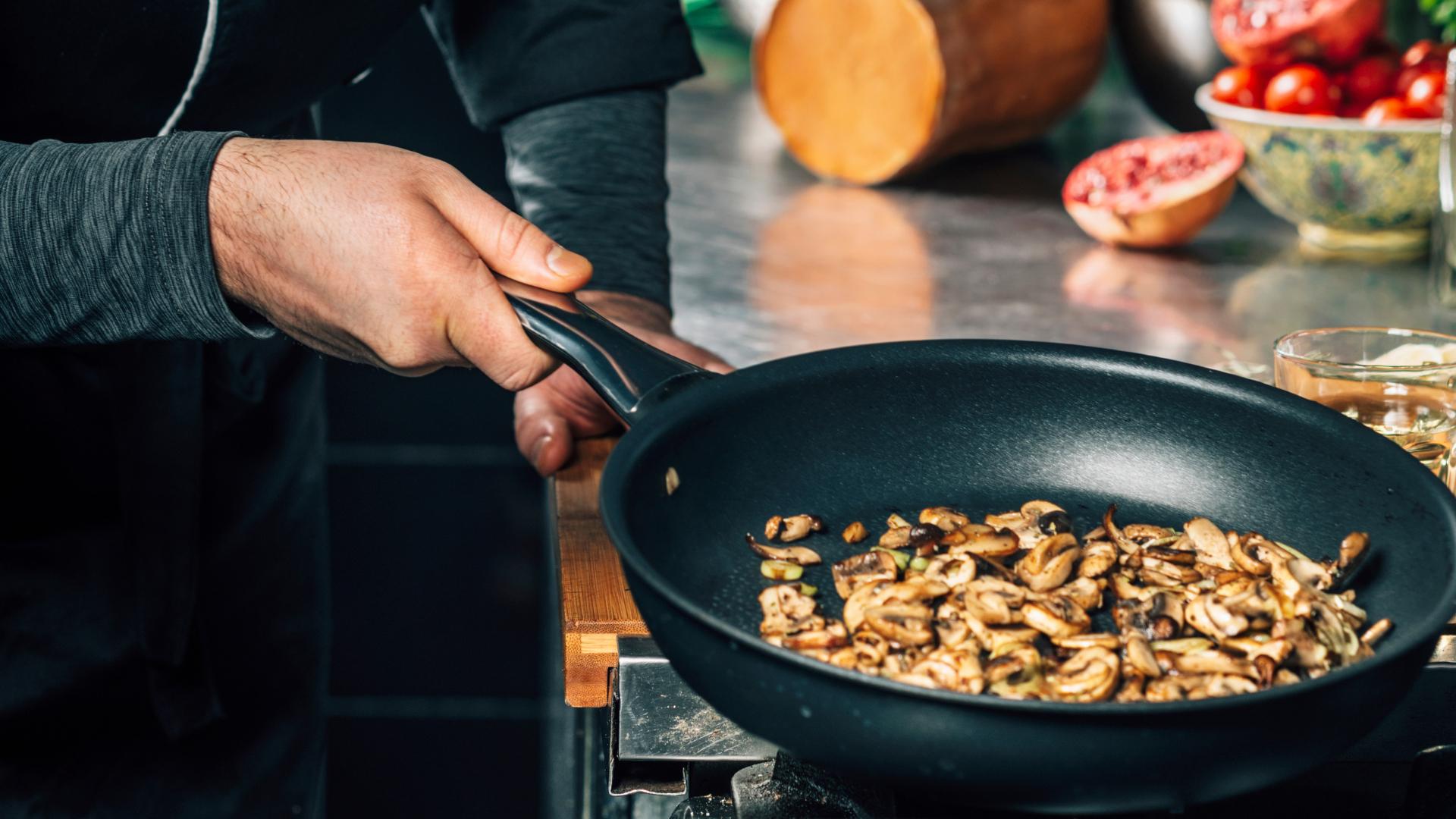
A vegan restaurant is not as straightforward or as easy to run as a regular omnivorous one. It takes a lot of dedication, planning, and effort to produce food that balances taste, nutrition, and aesthetics. However, it’s not impossible, and numerous restaurants get away with it every day. Still, many of them fail, which proves not everyone has what it takes to do all of this in favor of the vegan lifestyle and community. This is probably not a lifestyle that will soon fade away – instead, it will evolve and leave the fittest, and most caring business owners and their restaurants afloat. Are you doing enough?
